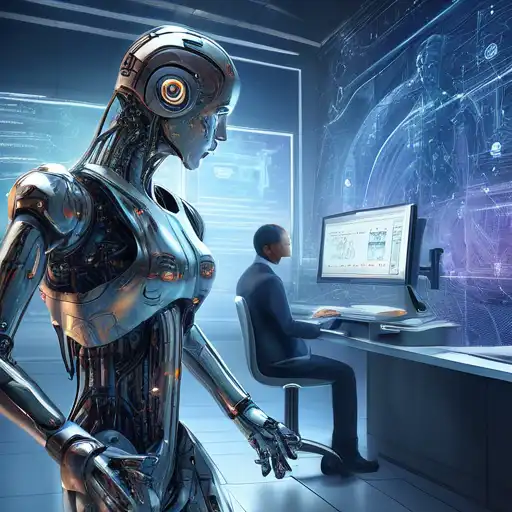Introduction to AI and Machine Learning
In the rapidly evolving world of technology, Artificial Intelligence (AI) and Machine Learning (ML) are two terms that often come up in discussions about the future of computing and automation. While they are closely related, they are not the same thing. This article aims to demystify these concepts and highlight the key differences between them.
What is Artificial Intelligence?
Artificial Intelligence is a broad field of computer science focused on creating systems capable of performing tasks that typically require human intelligence. These tasks include problem-solving, recognizing speech, learning, planning, and understanding natural language. AI can be categorized into two types: narrow AI, which is designed to perform a narrow task (e.g., facial recognition or internet searches), and general AI, which can perform any intellectual task that a human can.
What is Machine Learning?
Machine Learning is a subset of AI that involves the development of algorithms that allow computers to learn from and make decisions based on data. Unlike traditional programming, where a programmer writes explicit instructions, ML algorithms improve their performance as they are exposed to more data over time. ML is behind many of the services we use today, such as recommendation systems on Netflix and Amazon, and voice assistants like Siri and Alexa.
Key Differences Between AI and Machine Learning
While AI is the broader concept of machines being able to carry out tasks in a way that we would consider "smart," ML is a current application of AI based around the idea that we should really just be able to give machines access to data and let them learn for themselves. Here are some key differences:
- Scope: AI encompasses a wider range of technologies and applications, while ML is specifically focused on algorithms that learn from data.
- Functionality: AI can be rule-based and not necessarily learn from data, whereas ML is all about learning from data.
- Applications: AI applications can range from simple, rule-based systems to complex, human-like intelligence. ML is primarily used for data analysis and predictive modeling.
Why Understanding the Difference Matters
Understanding the distinction between AI and ML is crucial for businesses and individuals looking to leverage these technologies. For businesses, it can mean the difference between implementing a system that can adapt and improve over time (ML) and one that operates within a fixed set of rules (AI). For individuals, it can help in making informed decisions about the technologies they use and the careers they pursue in the tech industry.
Conclusion
AI and Machine Learning are transforming the way we live and work, offering unprecedented opportunities for innovation and efficiency. By understanding the differences between these two fields, we can better appreciate their potential and limitations. Whether you're a business leader, a tech enthusiast, or a curious learner, staying informed about these technologies is essential in today's digital age.
For more insights into the latest tech trends, check out our articles on Data Science and Tech Trends.
